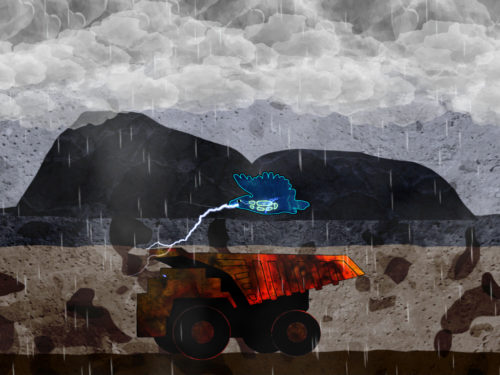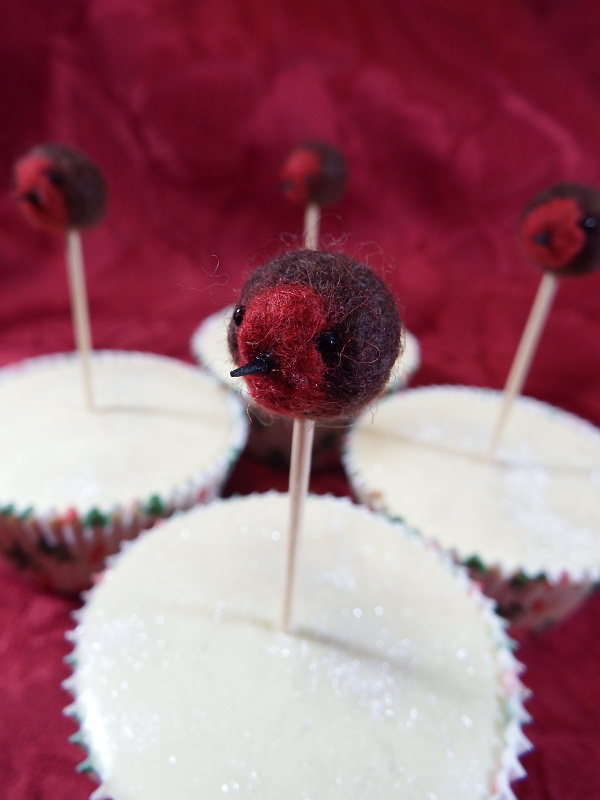 Developer: Elizabeth LaPensée
Developer: Elizabeth LaPensée
First Release: October, 2017
Version Played: iPad and PC
Available: Apple iOS | Android | PC (Direct Download)
A thunderbird uses lightning to destroy a snake (an oil pipeline) consuming the land.
This is a short sidescrolling game, focusing on the theme of oil pipelines being built on Indigenous land. There are three levels, one of which is a boss fight. Each level has a brief animation to introduce it. I initially tried the iPad version, but that was too glitchy to play. It crashed either at the end of the first level or the end of the second level introduction animation. This was consistent, so I couldn’t play beyond the first level on the iPad. I didn’t experience any crashes on the PC version, which is the one I played to the end.
I liked the general concept of the levels. The thunderbird flies into the clouds to gather lightning. The lightning can then be fired to destroy industrial items or to restore living things. There’s no damage or death for the thunderbird, so it doesn’t matter how well the player does. This is a good feature for a gamer who wants to experience it, but may not be too good at controlling the bird.
However, there were elements I didn’t like in the gameplay. There’s no charge meter for the lightning, which makes it difficult to tell when the bird needs more lightning. There is a sound when it runs out completely, but that doesn’t help much for players who don’t use sound. There is a crackling visual, but it’s subtle, and isn’t really usable on devices with touchscreens where fingers cover the bird. It is also hard sometimes to see if the lightning has hit, which was particularly an issue in the boss level where I didn’t appear to be able to do any damage at the start, and I have no idea why it wasn’t working.
I do wish there’d been a few more levels. It felt like I was just getting going when it ended (and the points on the snake map suggest this might have been the intention, as there are more points than levels).
Image Caption: A blue thunderbird fires lightning at an industrial vehicle. Rain clouds are above a bleak landscape with mountains in the distance. The art is 2D with outlines on the main subjects and textured fills and backgrounds.
The strongest element is the art. It’s a beautiful style, with clear outlines and textured fills. As the outline moves, the texture stays in place, which is a nice effect. The destroyable items are industrial machines and pipes. Activatable items include animal skeletons and pipeline protestors. Each level has a distinct visual theme.
The weakest area is the sound, which doesn’t fit very well with the rest of it. The spoken words are more like a retro fighting game, with announcements of “fatal strike” and similar. The music doesn’t match where it appears. For example, the first level has a stirring boss fight feel to the music. Added to this, there are no options to turn sound elements off or down.
Overall, it’s a good concept for a game. I really liked being able to repair the damage with the lightning, as well as destroy the industrial things. The artwork and animation were good. But it is a little rough around the edges, particularly when it comes to the sound design and the crashing issues with the iPad version.

 First Published: 6th September, 2016
First Published: 6th September, 2016